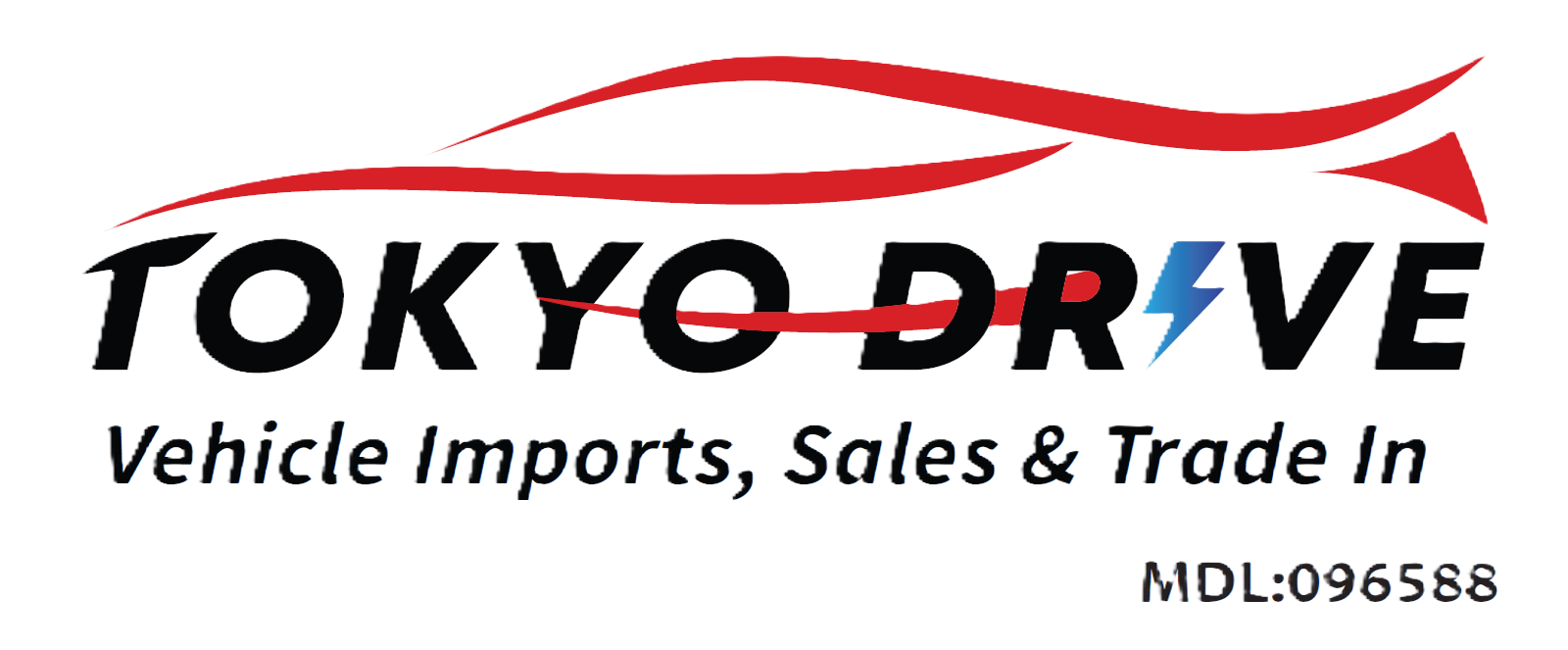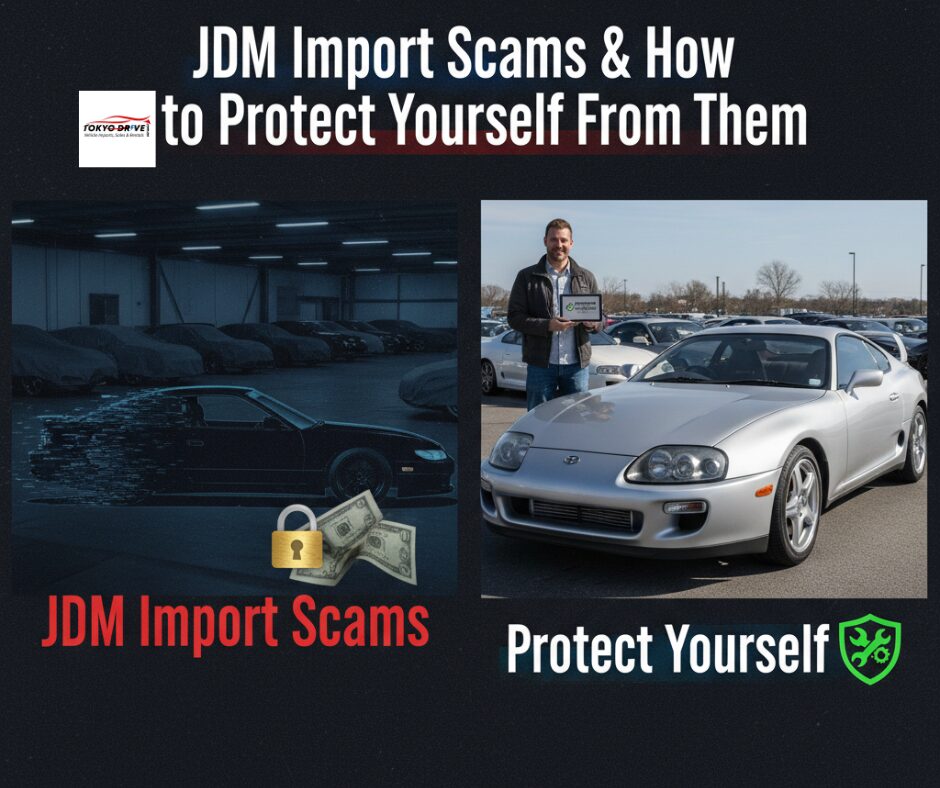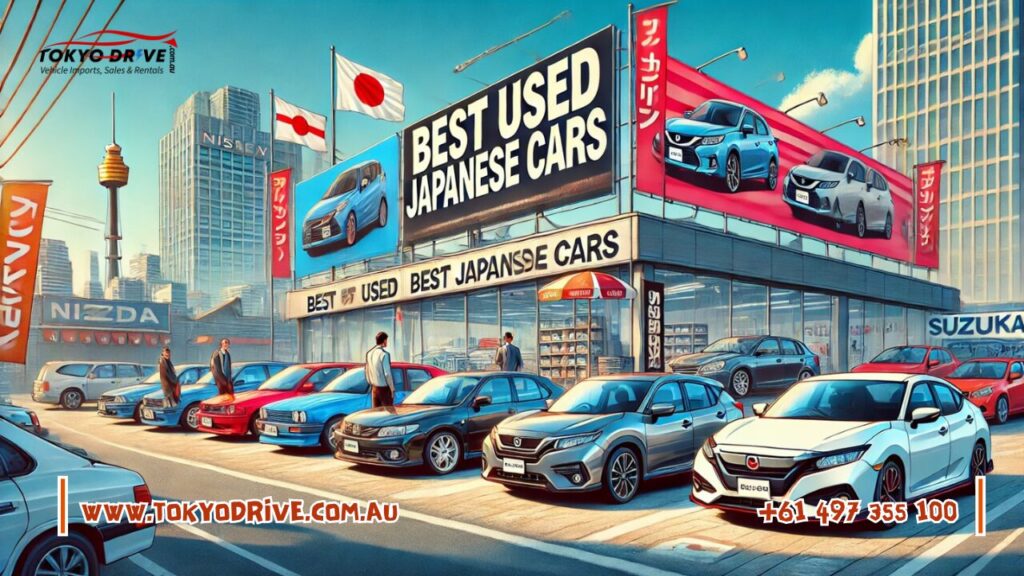Japanese Domestic Market (JDM) vehicles hold a special place in the hearts of car enthusiasts—crisp engines, rare models, and that signature engineering. For many people in Australia, importing a JDM car is a dream. But like any valuable investment, there are risks. Scams in the JDM import world can be subtle, and if you’re not careful, you may end up with a car that costs far more in regrets than in dollars. This guide walks you through common JDM import scams, red flags to watch out for, and solid steps you can take to protect yourself.
Why the Risk Exists
-
High demand + limited supply: Rare JDM models, classic performance cars, clean import-age-eligible units—that scarcity drives prices up, and that attracts opportunists.
-
Complex rules & compliance: Import laws in Australia (design rules, emissions, safety etc.) are complicated; many buyers don’t know all requirements until late in the process.
-
Distance & trust issues: You’re often buying thousands of kilometres away, maybe before seeing the vehicle in person or driving it. Photos, documents, and third-party reports are your only windows into quality.
Common JDM Import Scams
-
“Too good to be true” pricing
You see a dream car for much less than market rate: perfect condition, low mileage, legendary model. Usually there’s something wrong—a hidden mechanical issue, accident history, rust or flood damage, or simply false claims. -
Odometer fraud / inflated condition reports
Sellers might roll back odometers, falsify service logs, or overstate vehicle condition. Objects like underbody rust, worn engine internals, or structural damage can be hidden behind flattering photos and selective reports. -
Missing or forged documents
Auction sheets, Japanese export certificates, vehicle history, prior ownership—sometimes these are forged or selectively edited. Buyers are given incomplete documentation, missing VIN matches, or fake verification stamps. -
Non-compliance with Australian regulations
A car might not meet ADR (Australian Design Rules), safety, emissions or right-hand drive regulations. After import, you could be forced into expensive modifications just to register the car—or worse, registration denial altogether. -
Upfront deposit or payment scams
Scammers may ask for full payment up front, promise shipping, handling, or customs clearance, and then vanish. Sometimes fake tracking or chopped email threads are used to give an illusion of legitimacy. -
Hidden damage (flood, structural, crash damage, corrosion)
Photos could be staged; flood damage repaired poorly; structural damage hidden under panels; frame issues not disclosed. These latent defects can cost far more than the purchase price.
Key Red Flags: What to Watch For
-
Vague or inconsistent VIN/chassis number across photos, documents, auction sheets.
-
Mileage that seems unusually low for year/model or inconsistent in different documents.
-
No or minimal service history; missing logbooks; no proof of prior maintenance.
-
Seller pressures you to pay fast, or insists on unusual payment methods.
-
Lack of recent, clear, high-resolution photos of underbody, engine bay, interior, and all walk-around angles.
-
Non-existent or sketchy reviews for the importer or seller; no physical or local address; no after-sale support promises.
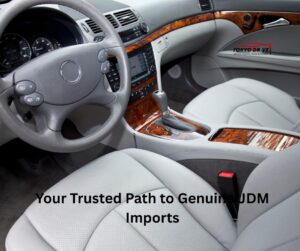
How to Protect Yourself: A Practical Checklist
Here are steps tailored for people in Australia who want to import a JDM car without falling prey to scams.
1. Demand full documentation and verify them
-
VIN / chassis number matching: The VIN/chassis number should match on auction sheet, Japanese export documents, title, etc.
-
Export certificate & import permit documents: Make sure you get everything required and that they’re authentic.
-
History & service records: Get photocopies or scans of full service history. If possible, get history from independent sources.
2. Use credible pre-shipment / quality inspections
Before the car leaves Japan (or wherever it’s coming from), request a detailed condition report that includes:
-
Structural inspection (frame, underbody)
-
Engine and drivetrain condition
-
Rust, corrosion, welds/flood damage
-
Mileage verification (comparing odometer with auction sheet etc.)
-
Photographs from all angles + video if possible
If you can hire a local inspector or use a trusted agent who visits the car in person, even better.
3. Understand Australian import & registration regulations
-
Know what your state requires for registration (safety, emissions, compliance, inspections).
-
Understand import duty, GST, customs, quarantine, shipping, compliance costs. Don’t budget just for purchase and shipping ‒ include all extra fees.
-
Age-based import schemes: If a car is older than a certain age (e.g. 25 years in some cases), rules can be more relaxed, but you still must meet certain standards.
4. Use secure payment methods and contracts
-
Never send full payment before seeing proof of inspection and export documentation. Consider escrow or a staged payment tied to milestones (e.g. inspection done, shipping begun, delivery confirmed).
-
Get everything in writing: the condition of the car, what’s included (spare keys, import taxes, shipping to port, etc.), who is responsible for what, and what recourse you have if the car fails some tests on arrival.
5. Vet the importer or seller
-
Check reviews, testimonials, social media, automotive forums. Has the importer delivered as promised before? Do customers raise issues about hidden costs?
-
Look for transparency: do they show you auction sheets, condition reports; do they communicate in clear, verifiable terms?
-
Check physical presence or Australian address, or at least an Australian trust or office. Local backing or after-sales service capability is a big plus.
6. Inspect on receipt & have local specialist verify
Once the car arrives:
-
Have a local mechanic or specialist familiar with JDM vehicles inspect it for rust, alignment, leaks, mechanical wear.
-
Confirm odometer readings, match to earlier documentation.
-
Check for flood damage: musty smells, rust in non-visible places, water lines, electrical gremlins.
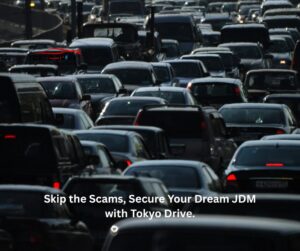
Real Examples & Consequences
To make this more concrete:
-
A buyer imported a rare JDM model that turned out to have flood damage; the seller hid photos of the underbody, and only showed clean interior shots. After registration, electrical and engine corrosion became a total rebuild cost.
-
Another person bought a car with claimed “export papers” — only to discover the VIN in the export certificate didn’t match the chassis. The importer refused refund.
These examples show that mistakes or deception can become very expensive—far beyond the purchase price.
Keywords & Phrases You Should Be Using / Searching
When reading a listing or talking to a seller/importer, having certain keywords in mind helps:
-
“Verified mileage” / “Auction sheet included” / “Odometer certification”
-
“Condition report” / “Pre-shipment inspection” / “Photos of underbody”
-
“Export certificate / Japanese export document”
-
“Compliance to ADR / Australian Design Rules”
-
“Flood-free / non-flood damage / structural integrity”
-
“Transparent fees / no hidden costs / inclusive of shipping, customs, registration”
Summary: Best Practices to Stay Safe
-
Do your homework — Learn the import rules, typical pricing, and resale values for your target model and year.
-
Demand paperwork up front — Auction sheet, export docs, service history, condition reports.
-
Use inspections & verified sources — Agents, inspectors, trusted importers.
-
Budget for everything — Import charges, compliance mods, registration, transport, potential repairs.
-
Pay smartly and legally — Contracts, payment methods with recourse (escrow, staged payments).
-
Inspect on arrival — Don’t assume what looked good in photos equals what you get in person.
Final Thoughts
Importing a JDM car can be a deeply satisfying experience—driving a machine with heritage, personality, and character that’s often unavailable locally. But the process is filled with pitfalls for the unwary. Scams around mileage, documentation, vehicle condition, and regulatory compliance are common, but you can greatly reduce your risk by insisting on transparency, doing due diligence, using trustworthy services, and planning for every cost.
If you take the time to verify, inspect, and contract wisely, you’ll have a much better chance of turning your JDM import into not just a dream on paper, but a joy on the road—and a smart investment.
